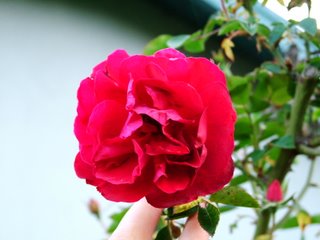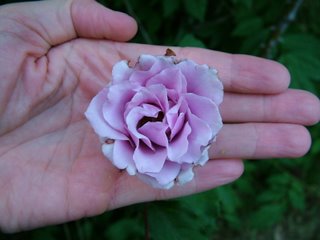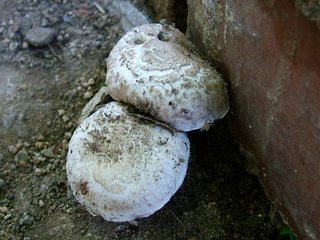
If you plant a rose that dies and then resurrects with new growth unlike that which went before, forget the cross and the holy water and go straight for the shovel. The rose you sought to grow has shuffled off its mortal coil, and the rootstock plant has taken its place.
Many, if not all, of the roses to be found at local nurseries, home improvement stores, and the discount store garden department are grafts. This means that canes of the desired variety are grafted onto the rootstock of a more robust rose plant.
There are those who claim that many rose varieties grow better/faster/stronger when grafted onto foreign rootstock. The problem is that if the grafted portions of the plant die back--due to disease, insect attack, or extreme weather--the desired variety is toast and the rootstock takes over.
Sometimes a robust rootstock doesn't wait for the grafts to die before attempting a hostile takeover. Beware of speedy growth from below the bud union (the lumpy base where the canes meet the rootstock). For example, if you're trying to grow a shrub rose and new canes shoot for the sky, get out the pruners and cut the new growth back to where its base meets the rootstock. Give the rootstock an inch, and it'll take half the backyard (see example below).












